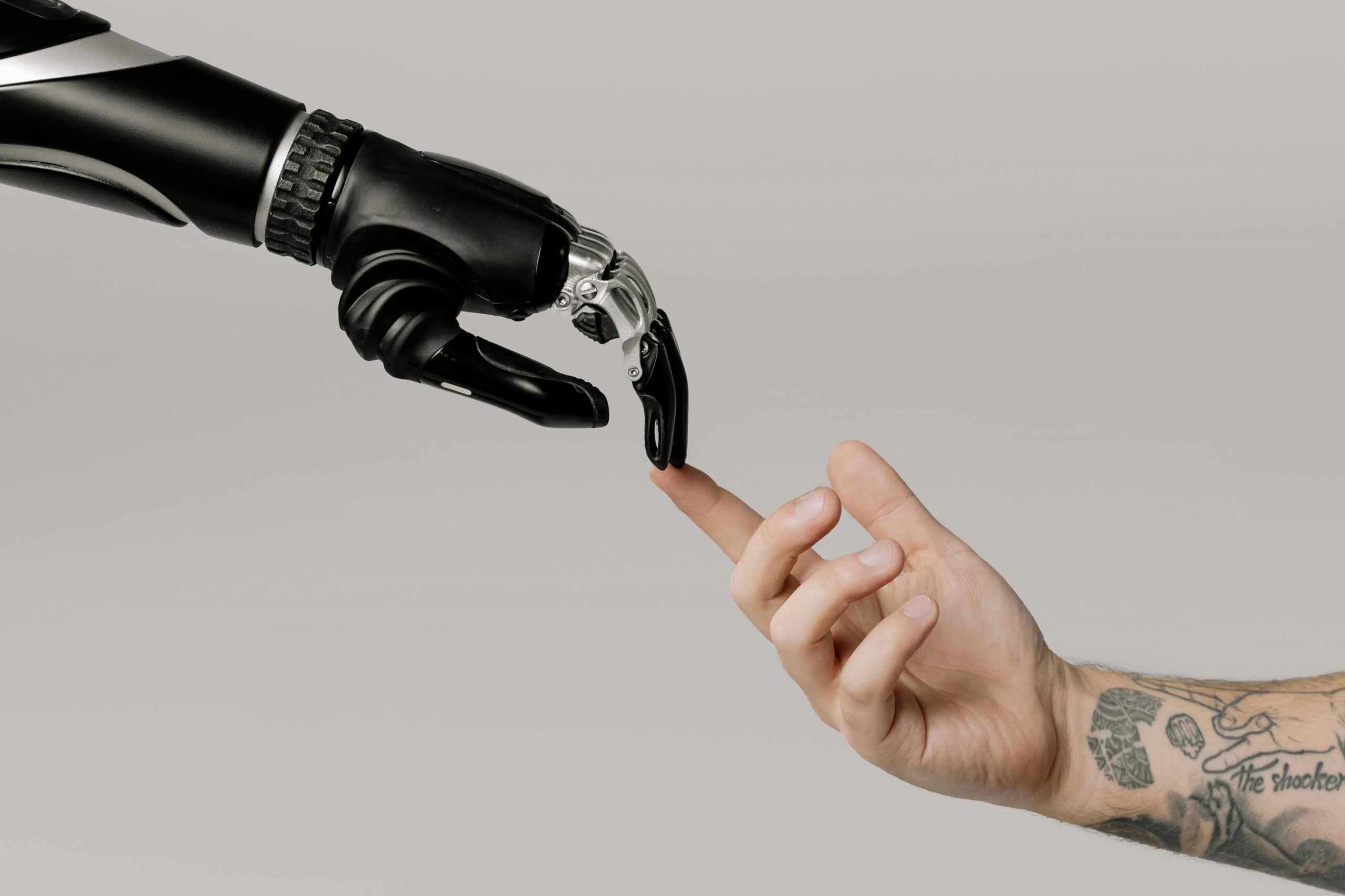Introduction
Artificial Intelligence (AI) is no longer a concept confined to sci-fi movies; it’s a revolutionary technology that is changing the way we live and work. From virtual assistants like Siri and Alexa to sophisticated algorithms in healthcare, AI is becoming deeply embedded in our daily routines. But with great power comes great responsibility (thanks, Spiderman!), so it’s essential to weigh the pros and cons of this technology. So, let’s dive into the exciting yet complex world of AI!
Understanding Artificial Intelligence
Definition of AI
At its core, Artificial Intelligence refers to the simulation of human intelligence processes by machines, especially computer systems. These processes include learning, reasoning, and self-correction. Simply put, AI enables machines to think and act like humans — at least in certain contexts.
1. Narrow AI : This type focuses on a single task. Examples include facial recognition software and chatbots. They can perform very specific functions but cannot extend their skill set beyond what they’re designed for.
2. General AI : This form is still largely a theoretical concept. It would possess the ability to perform any intellectual task that a human can do. Think of it as the ultimate multitasker — so far, we haven’t reached this stage!
The Pros of Artificial Intelligence
Increased Efficiency and Productivity
If there’s one thing we can’t get enough of, it’s efficiency! AI can process information and perform tasks much faster than a human could. For instance, in manufacturing, robots can assemble cars or electronic devices in a fraction of the time it would take a human worker — without needing coffee breaks, I might add!
Improved Decision Making
AI can analyze vast amounts of data to help businesses make better decisions. From predicting market trends to providing insights on consumer behavior, AI-driven data analysis tools save time and increase accuracy. Who wouldn’t want a smart assistant helping them make choices?
Cost Reduction
In the long run, implementing AI can save companies significant amounts of money. Sure, the initial investment can be steep, but consider the possibilities! AI can handle repetitive tasks, leaving human employees available for more creative and valuable work. Over time, this balances out costs and enhances profitability.
Enhanced Data Analysis
Data is the new oil, they say. And when it comes to extracting value from massive datasets, AI truly shines. Machine learning algorithms can sift through oceans of information to identify patterns and insights that would take humans eons to uncover. It’s like having a super-sleuth on your team!
Automation of Mundane Tasks
Let’s face it; nobody likes doing boring tasks. AI can automate everything from scheduling to data entry, freeing up time for employees to focus on more stimulating work. Imagine a world where your calendar invites are managed seamlessly without you lifting a finger!
Personalization in Services
Ever felt like Netflix knows you better than your best friend? That’s AI at work! Businesses use AI algorithms to customize recommendations based on user behavior, making your experience feel more tailored. Isn’t it nice to feel understood?
The Cons of Artificial Intelligence
Job Displacement
One of the most significant downsides of AI is job displacement. As machines take over routine tasks, many fear they will lose their jobs to robots. This raises questions about workforce adaptability and the need for reskilling in an increasingly automated world.
Security Risks
AI systems, while powerful, can also introduce new vulnerabilities. From data breaches to malicious AI applications, the security landscape becomes increasingly complex. It’s crucial to implement robust security measures to safeguard sensitive information.
Ethical Concerns
Use of AI raises various ethical issues. How do we ensure AI is used responsibly? Questions around surveillance, data privacy, and algorithmic bias often pop up, especially when you consider how closely AI interacts with our personal lives. It’s a double-edged sword.
Dependence on Technology
As we integrate AI into our lives, there’s a risk of becoming overly reliant on technology. What happens if the system fails? We could find ourselves in deep trouble with a major hiccup in our daily operations. It’s a reminder that while AI is fantastic, we can’t forget our human instincts and critical thinking!
While AI can reduce long-term costs, the upfront investment is daunting for many businesses. This includes not just financial resources but also the time and effort required to implement and maintain AI systems. Small businesses, in particular, might find this a challenging hurdle.
Lack of Human Touch
AI may be efficient, but it lacks the human touch. Whether in customer service or creative processes, many people prefer human interaction. Can robots ever truly understand emotions, or are they just mimicking patterns without genuine understanding? That’s still up for debate!
Balancing the Scale: Pros vs. Cons
Evaluating the Impact of AI on Society
So where do we go from here? It’s vital to weigh the positive impacts of AI against the potential drawbacks. Can we harness the benefits while minimizing the risks? Society must engage in these discussions to guide AI’s development ethically.
Finding a Middle Ground
Finding that perfect balance might be possible through regulations, ethical guidelines, and corporate responsibility. The goal should be to leverage AI to enhance productivity without sacrificing jobs or society’s core values. It’s a puzzle, but one we can solve together!
Conclusion
In sum, while Artificial Intelligence presents a plethora of advantages that can revolutionize industries, it also brings about certain challenges that we cannot ignore. As we look towards the future, balancing these pros and cons is essential. The goal should be to harness AI for good while addressing ethical and practical concerns.



